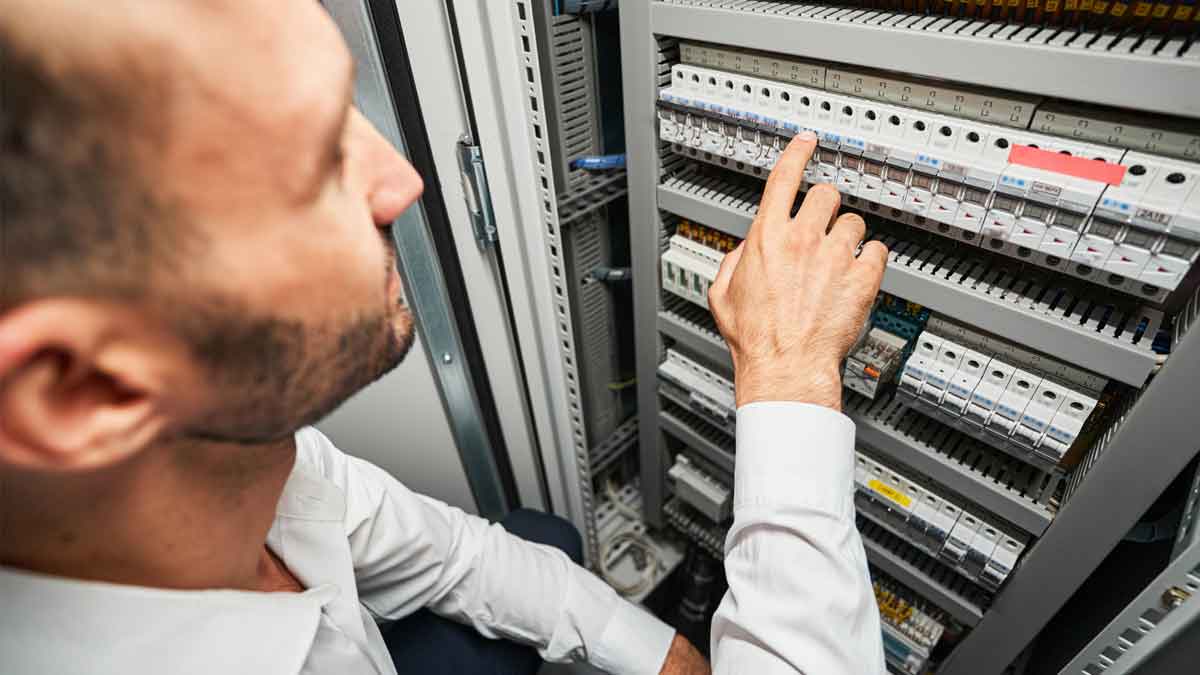There are BIG disadvantages to using batteries in sensors, that is why people need to learn about power supply for IoT devices. The first is that generally, a battery can only store a limited amount of energy. Additionally, wireless sensors can be costly and inconvenient to replace batteries in thousands of devices.
Regardless of the device, all Internet of Things devices needs the power to track assets. If the time the sensors can not do their job is a huge problem in wireless sensor networks deployment.
Usually, these batteries can be charged by using sensors that harvest energy from the environment. In addition, energy harvesting typically means that we don’t have to send anyone to charge or replace the batteries. The sensors can operate independently and for a long enough time to collect data.
Energy harvesting is the process of properly obtaining energy from exterior sources, such as heat, light, and vibrations, to power IoT devices. These sources typically provide different power for IoT devices.
Let’s go ahead and discuss these sources.
Power Supply for IoT Devices
Solar Energy
Solar energy is the main power supply for IoT devices, it is the only option unless the sensor’s location is not visible or underground. An IoT device has power for an unlimited time by a combination of a rechargeable battery and a solar panel.
These applications use the IoT device to read sensors and transmit data approximately every two to four hours. Furthermore, the device configuration is intelligent enough to scale data reporting according to the stored power.
Moreover, rechargeable batteries can store enough energy in sunlight for outdoor use. This allows them to continue working even when it is dark or rainy.
Rechargeable batteries and solar panels are suitable for all environments, but all of them.
Sources of Mechanical Energy
Another energy source that can power IoT is mechanical energy. The machinery can generate vibrations, which produce a good amount of energy.
These machines can generate up to 150 microwatts per square centimeter that can be used. If you have IoT devices on manufacturing belts, or something comparable, you can charge them completely with the vibrations produced by the machine they are monitoring.
A piezoelectric is an electric charge which aids in building up specific materials when there is stress. An electromagnetic device extracts energy from vibrating machinery sensors and converts it to electrical energy to power the battery.
The energy output of this type of energy harvester isn’t that amazing, but it is sufficient for sensors. A majority of the time, the sensor does not have to send data all the time. They can send data for a time and then have intervals between sending data to the collection point.
In addition, you can harvest energy from any object that moves, even individuals using the piezoelectric effect.
Shoes moving up and down can be enough to generate power. This type of walking generates energy for charging wearable IoT devices such as a smartwatch.
Tidal Motion
That energy harvesting technology can harness the power and movement of the oceans to aid in generating electrical power using a piezoelectric approach. Researchers have looked into the possibility of using tidal movement to generate electricity in California, Costa Rica, and other places.
An underwater oil rig’s pump could be fitted with a piezoelectric device that can harvest energy from the tides. This would allow IoT sensors to send data back to remote workers and monitor the status of the pumps.
Thermoelectric Energy
Thermoelectric energy harvesting makes use of semiconductor devices to help extract energy from temperature variations in both natural and man-made environments.
Semiconductor devices can capture the heat from hot surfaces and convert it to electrical power. If there is a temperature differential, it means that there’s both a hot and cold site.
If there are no vibrations and mechanical energy, solar power, and solar power, people can use them as a power supply. In addition, thermoelectric can be used if there is a hot surface. This is mainly because semiconductor devices can capture the heat from the hot surface to convert it into electricity.
This might be possible on an oil or natural gas pipeline. They typically have some heat waste, but not much vibration. The pipeline is often underground or protected from the sun. They can also use the thermal energy from the pipe’s surface to generate electrical energy. The downside to thermoelectrical energy is its high cost.
Many people want to improve the efficiency of the thermoelectric material and reduce the cost.
Advanced Primary Battery Technology
Even though not an alternative energy source, the newer primary batteries technologies such as silver oxide, manganese dioxide, and sulfur dioxide have made incredible steps forward in helping minimize leakage current and allowing operation at extreme temperatures.





